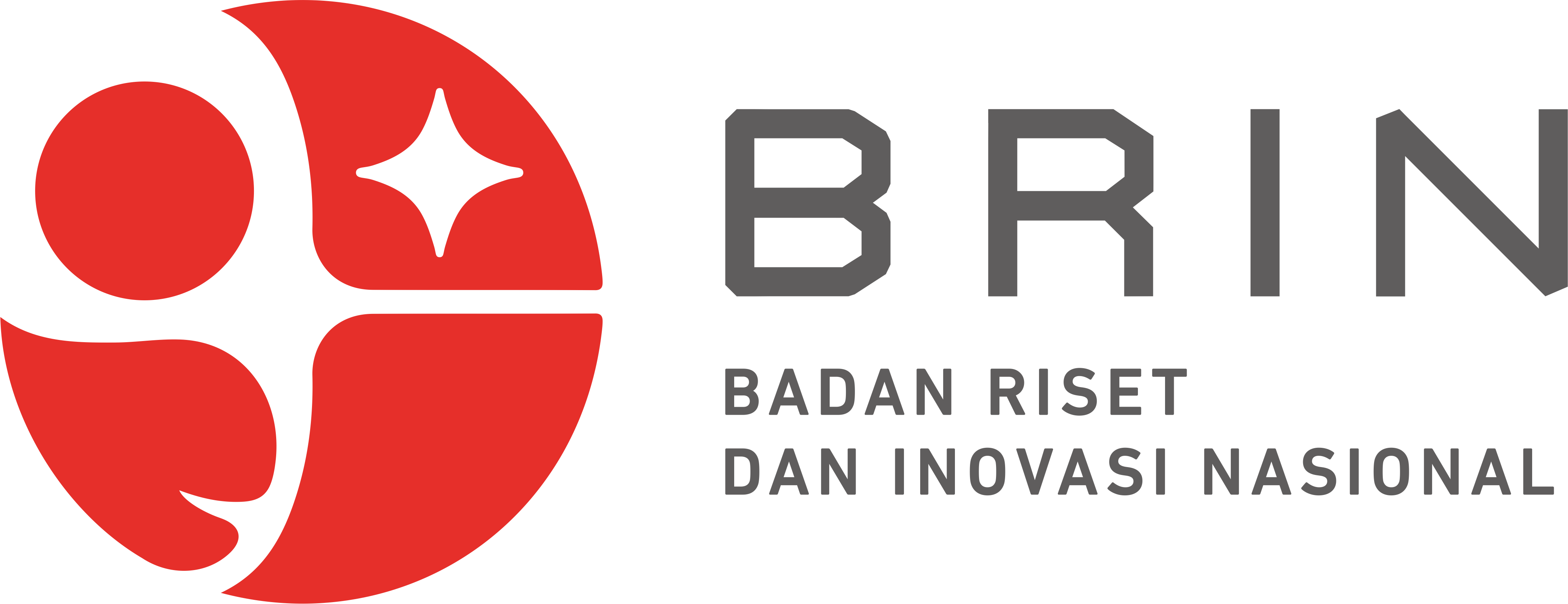Analisis Tingkat Bahaya Erosi Tanah pada Kelerengan Berbeda di Perkebunan Kakao (Theobroma Cacao L.) Rakyat Kecamatan Padangguni Kabupaten Konawe
Keywords:
Erosion, USLE method, soil conservation techniquesAbstract
People's cocoa plantations in Padangguni District are generally located in a steep slope topographic condition with this condition the potential for erosion is very high which can affect land productivity in the community cocoa plantation area. The purpose of this research is to predict the actual erosion rate, determine the erosion hazard index classes, and recommend soil conservation alternatives on different slopes in smallholder cocoa plantations in Padangguni Sub-District, Konawe District. This research was conducted from October to December 2022 in Padangguni Sub-District, Konawe District. The survey method was used in this research, and the prediction of erosion rates was conducted using the USLE method on 3 land units: land unit 1 located in smallholder cocoa plantations with a slope of 6% covering an area of 14.6 ha, land unit 2 with a slope of 24% covering an area of 17.2 ha, and land unit 3 with a slope of 22% covering an area of 60.5 ha. The research results showed that the highest actual erosion occurred in land unit 3 at 1,307.74 tons/ha/year, while the lowest erosion occurred in land unit 1 at 1.12 tons/ha/year. The tolerated erosion rates were 31.61 tons/ha/year for land unit 1, 25.70 tons/ha/year for land unit 2, and 26.95 tons/ha/year for land unit 3. The highest erosion hazard index was found in land unit 3 at 48.52 tons/ha/year with a very high criteria, while the lowest erosion hazard index was found in land unit 1 at 0.04 tons/ha/year with a low criteria. The recommended soil conservation techniques to ensure the sustainability of smallholder cocoa plantations include applying vegetative conservation techniques using plant residues as mulch and mechanical methods through the construction of traditional terraces or roraks. Both scenarios of soil conservation action methods can reduce the actual erosion rate, making them appropriate choices for reducing erosion rates on cocoa plantation lands
References
Arsyad S. 2015.konservasi Tanah dan Air. Edisi Kedua, Bogor. IPB Pers.Banuwa, Ir Irwan Sukri. Erosi. Prenada Media, 2013.
Desifindiana, M.D., B. Suharto, dan R. Wirosoedarmo, 2013. Analisa tingkat bahaya crosi pada DAS Bondoyudo Lumanjang dengan menggunakan metode MUSLE (in press). Jurnal Keteknikan Pertanian Tropis dan Biosistem, 1(2):9-17.
Harjowigeno S. 2015. Ilmu Tanah. Edisi Kedelapan. Jakarta. CV Akadem Ika Pressindo.
Hartono R. 2016. Identifikasi Bentuk Erosi Tanah Melalui Interpretasi Citra Google Earth di Wilayah Sumber Brantas Kota Batu. Jurnal Pendidikan Geografi. 21. (1).
Kasmawati., Hasanah U., dan Rahman A. 2016. Prediksi Erosi pada Beberapa Penggunaan Lahan di Desa Labuan Toposo Kecamatan Labuan Kabupaten Donggala. Journal Agrotekbis. 4 (6) : 659 – 666.
Leomo S. 2016. Model Tindakan Konservasi Tanah dan Air pada DAS Endanga Sulawesi Tenggara. Disertasi. Program Pascasarjana. Universitas Halu Oleo. Kendari.
Pandji S R., Monde A., dan Hasanah U. 2018. Prediksi Bahaya Erosi pada Perkebunan Kelapa Sawit (Elaise Guineneensis Jack) Di PT. Agro Nusa Abadi Desa Molino Kecamatan Petasia Timur Kabupaten Morowali Utara. E-J Agrotekbis. 6 (3) : 397 – 404.
Putra P., Triyatno., Syarief A., dan Hermon D. 2012. PenilaianErosi Berdasarkan Metode USLE dan Arahan Konservasi pada DAS Air Dingin Bagian Hulu Kota Padang Sumatera Barat. Jurnal Geografi. 10 (1) : 1–13.
Sukoco. 2009. Pemodelan dan Pemetaan Panjang Lereng dan Kemiringan Lereng Daerah Aliran Sungai Dengan Sistem Informasi Geografis. Journal Speed. 1 (3) : 1979– 9330.
Sutrisno N., dan Heryani N. (2013). Teknologi Konservasi Tanah dan Air Untuk Mencegah Degradasi Lahan Pertanian Berlereng. Jurnal Litbang Pertanian. 32(3): 122 – 130.
Downloads
Published
How to Cite
Issue
Section
License
Copyright (c) 2024 Yuda Fahrozi, Sitti Leomo, Zulfikar Zulfikar, Hasbullah Syaf, Resman Resman, La Ode Rustam

This work is licensed under a Creative Commons Attribution-ShareAlike 4.0 International License.
Authors retain copyright and grant the journal right of first publication with the work simultaneously licensed under a Creative Commons Attribution-ShareAlike 4.0 International License that allows others to share the work with an acknowledgment of the work’s authorship and initial publication in this journal















